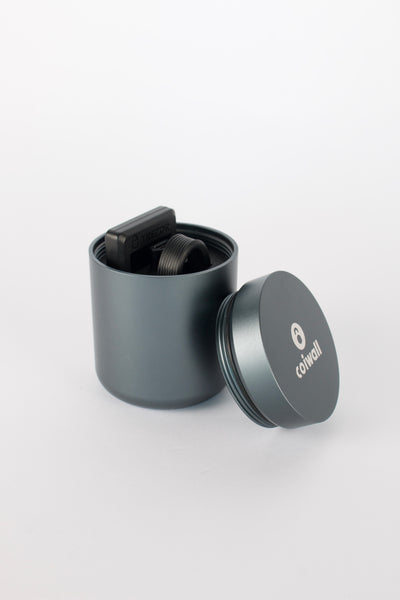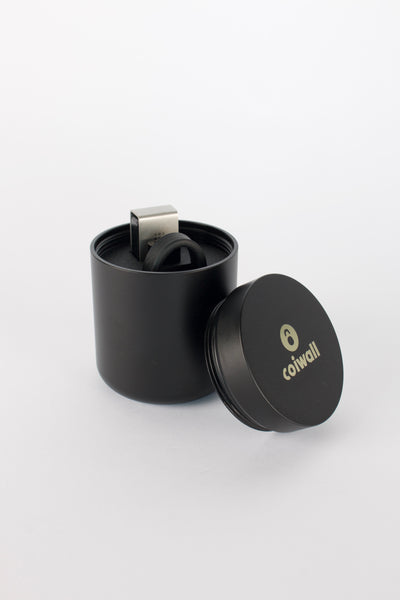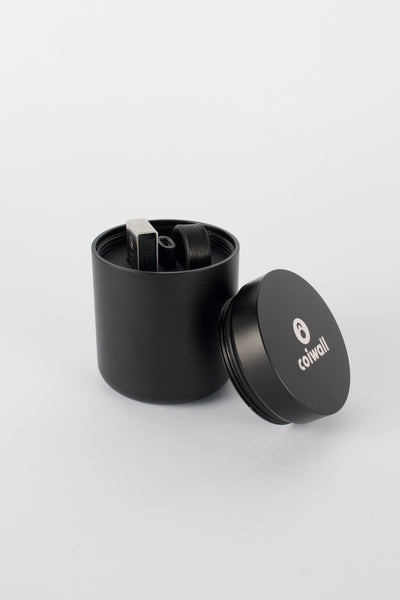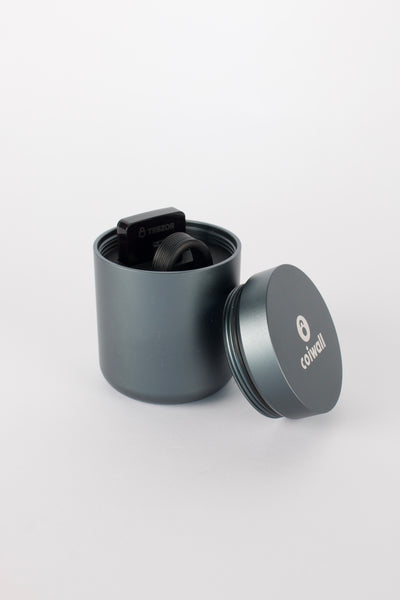Curve has a simple promise that still feels bold. If two assets move together, you should trade them with almost no slippage and little drama. That core idea turned a clean bit of math into one of the largest decentralized exchanges for stablecoins and other closely priced tokens. If you have USDC and want USDT, or you hold stETH and want ETH exposure with minimal price impact, you probably end up on Curve. The magic is not magic though. It is design, incentives, and a community that obsesses over steady, deep liquidity.
What makes Curve tick
Let me explain the heart of it. Most automated market makers use a constant product curve, the x times y equals k rule you see on Uniswap v2. Curve uses a different formula, often called stableswap. It compresses trades near the 1 to 1 zone, so swaps between similar assets stay cheap and smooth. The result feels like a tight order book for correlated pairs. That is why stablecoin pools, wrapped Bitcoin variants, and staked ETH tokens work so well here.
You know what? It is not only math. It is also how the team and the community think about risk. Since the assets are supposed to track each other, impermanent loss is reduced. Not gone, just smaller. When one asset breaks its peg, the pool can skew. Liquidity providers end up holding the weaker asset. That is the tradeoff, and it matters.
Low slippage without the catch, well almost
Curve’s curve does its best work when assets move together. That is the sweet spot. Fees are low, price impact is low, volume is high. If you wander into a pool with uncorrelated assets, like a mixed basket that includes ETH or BTC with stablecoins, things change. TriCrypto is popular, and it is useful, but it introduces volatility and the usual impermanent loss. So yes, Curve reduces pain for like-for-like assets. It does not erase market reality.
Pools you will actually use
The classics are stablecoin pools. Think 3pool with DAI, USDC, and USDT. Metapools then stack on top of base pools so you can trade, say, FRAX against the liquidity of 3pool through a shared base. Liquidity compounds. That is part of the charm.
Then you have stETH and ETH pairs, wBTC variants, and newer stablecoin sets. Many pools live across multiple chains, from Ethereum mainnet to Arbitrum, Optimism, and beyond. The playbook is the same, bring deep, low slippage liquidity to assets that should match each other, most of the time.
How liquidity providers actually earn
LPs earn from trading fees, and often from token incentives stacked on top. Fees tend to be lower than on volatile AMMs, which is fine because volume makes up for it when markets are steady. You can deposit into a pool, receive an LP token, then stake that token to earn CRV emissions or other rewards through gauges. More on gauges in a second, since that is where the culture of Curve shows up.
The CRV, veCRV, and the so-called Curve Wars
CRV is the token. veCRV is what you get when you lock CRV for a period, up to four years. That lock gives you voting power and fee boosts on liquidity. The longer you lock, the more voice you have. That voice matters because veCRV holders vote on which pools receive emissions through gauges. More votes, more CRV directed to those pools. This created a market within the market, a game of influence that folks nicknamed the Curve Wars.
Protocols like Convex, Stake DAO, and Yearn built strategies to gather veCRV power. They let depositors earn boosted rewards without locking CRV themselves. Bribes, a blunt name for a simple idea, sweeten the vote. If you want your pool to win emissions, you can pay veCRV voters to support your gauge. Platforms like Votium and Hidden Hand made this organized. It sounds messy, but it aligns incentives for many users. Liquidity goes where votes go, and votes often follow where user demand already sits.
crvUSD, a stablecoin with a different safety net
Curve also launched crvUSD. It uses a mechanism called LLAMMA, which manages collateral through bands rather than one hard liquidation line. Think of it as a smooth path instead of a cliff. When the market moves against your position, LLAMMA shifts exposure across bands and tries to avoid a sudden liquidation. It is still risk. It is still borrowing. But the model aims to make the experience calmer and more forgiving, especially during choppy markets.
Is it perfect? No. No stablecoin system is. There are oracle questions, collateral mix questions, and stress scenarios. Yet for users already on Curve, crvUSD fits the ethos, steady engineering and a design that favors stability.
Real risks, no sugarcoating
- Smart contract risk: Audits help, but exploits can happen. In 2023, certain pools tied to a Vyper compiler issue were exploited. Code evolves, and risk never fully goes away.
- Depegs and correlation breaks: If a stablecoin breaks, pools tilt and LPs may end up holding the weaker side. Watch collateral quality and market sentiment.
- Governance risk: veCRV voting steers emissions. Concentrated voting power can favor some pools over others.
- Liquidity fragmentation: Many chains and many pools can spread depth thin during shocks.
- Rate and fee changes: Fees, incentives, and parameters shift with governance. Yields can swing.
A few ways people use Curve today
Traders come for stable swaps and cheap size. Market makers use it as railroads for rebalancing. Long term holders pair stETH and ETH, or wBTC variants, and farm fees with lower expected loss. More passive folks route through Convex or Yearn to stack rewards while someone else handles the boosts. There is no single right move, which is freeing and also a bit confusing.
Here is a simple playbook that many follow, and then tweak:
- Pick a pool with deep liquidity and strong assets. Size matters when you want to exit without slippage.
- Stake LP tokens where gauges pay well if you understand the lock mechanics.
- Consider aggregator routes, like using Convex, for boosted rewards without manual locking.
- Track depeg risk. If a coin feels shaky, pause and reassess. Fees are not worth portfolio stress.
Security habits that pay off
Self custody pairs well with on chain liquidity. If you manage size, store funds on a hardware wallet. A Ledger or a Trezor makes approvals and staking far safer than a hot wallet. Sign what you understand. Keep seed phrases offline. Review token allowances and revoke old ones with tools like Revoke.cash. One more habit, test with a tiny transaction before sending the whole position. It sounds fussy. It saves headaches.
What about fees and revenue
Curve charges low fees on swaps, which helps volume. The protocol also collects admin fees from pools, routed in part to veCRV holders. That creates a loop. People lock CRV to gain boosts and fees. Pools attract more liquidity. Traders see better prices. It works until it does not, so keep an eye on fee switches, gauge weights, and any governance updates that hit your returns.
Trends worth watching
Stablecoin diversity keeps rising. Beyond DAI, USDC, and USDT, you see more algorithmic and collateral backed designs competing for mindshare. L2 volumes are growing, which brings Curve’s design to cheaper blockspace and faster finality. Bribe markets remain busy, which means emissions chasing will not slow soon. And, on the research front, better oracles and safer bonding curves are inching forward. None of this is flashy. It is plumbing. Yet good plumbing makes everything else possible.
A small contradiction, then a clearer view
People say Curve is simple. It looks simple from the front end. Under the hood, the incentives and gauges and pools can feel like a maze. That is the contradiction. The swap is easy. The yield hunt is not. The fix is to treat them as two layers. Trade when you need a tight market. Explore LP strategies only after you understand the pool, the assets, and the lock mechanics. Patience beats haste here.
Who should consider Curve
If you touch stablecoins, you will likely use Curve for swaps. If you hold correlated assets and want fee income with measured risk, Curve’s LP side is worth a look. If governance games interest you, the veCRV world and the Convex ecosystem can feel like a strategy sport. And if you are new, start small. Learn the rhythm. Curiosity pays, but caution keeps you in the game.
Final thoughts
Curve built a niche that turned out to be a backbone. Stable liquidity, tuned math, and incentives that reward patience. It is not perfect. No protocol is. But it holds a clear place in crypto markets and keeps evolving through thick and thin. Honestly, that steadiness is why traders keep routing through it, and why LPs keep showing up for another epoch. If you keep your wits, watch for depegs, and lock only what makes sense, Curve can be a reliable part of a broader strategy. And yes, use the hardware wallet. You will thank yourself later.











